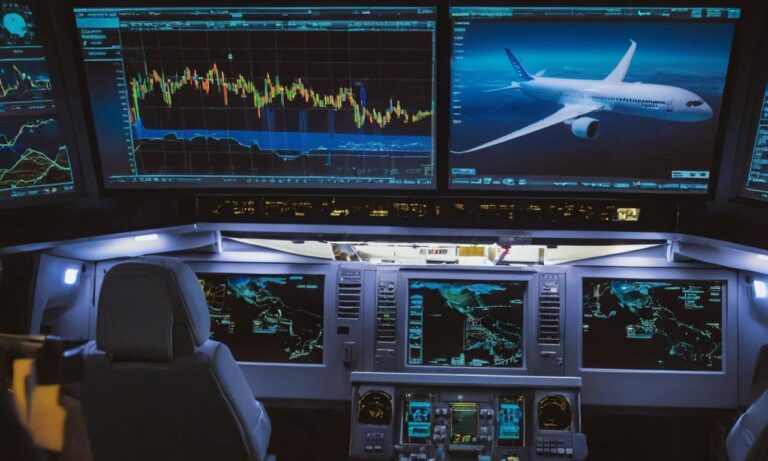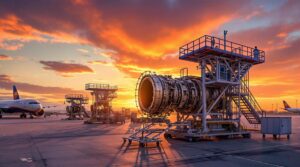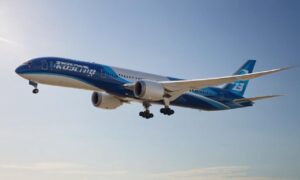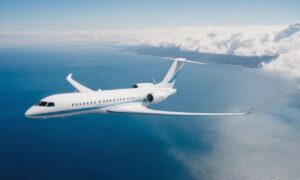In the realm of aviation marvels, the Boeing 787 Dreamliner stands as a testament to technological prowess and innovation. Behind its aerodynamic grace and cutting-edge features lies a complex economic landscape that defines its cost. Let’s delve into the intricate details of what contributes to the price tag of this iconic aircraft.
The Genesis of Dreamliner
Before we unravel the cost, it’s essential to understand the genesis of the Boeing 787 Dreamliner. Conceived to revolutionize air travel, this aircraft boasts composite materials, fuel efficiency, and passenger comfort as its defining attributes. Such innovations, however, come at a significant financial investment.
Materializing Dreams: Raw Materials and Construction
At the core of the Dreamliner’s construction are advanced composite materials, including carbon fiber-reinforced plastics. These materials enhance durability while keeping the aircraft’s weight in check, contributing to its fuel efficiency. The acquisition and processing of these materials play a pivotal role in determining the overall cost of the Dreamliner.
The construction process involves state-of-the-art manufacturing technologies, precision engineering, and rigorous quality control measures. Skilled labor, specialized machinery, and stringent safety protocols are integral components, collectively influencing the final cost of the Dreamliner.
Technological Marvels: Avionics and Systems
One cannot overlook the advanced avionics and systems that define the Dreamliner’s technological prowess. From cutting-edge navigation systems to sophisticated in-flight entertainment, each component contributes to both the aircraft’s operational efficiency and its overall cost.
Moreover, the Dreamliner is designed with fuel-efficient engines, contributing not only to environmental sustainability but also to the economic considerations of the airlines operating them. The research, development, and integration of these technologies are substantial contributors to the final cost.
Regulatory Compliance: Safety Comes at a Price
Ensuring compliance with stringent aviation regulations is paramount in the aircraft manufacturing industry. The Dreamliner, being a global traveler, must adhere to a myriad of safety standards set by aviation authorities worldwide. The investments made in research, testing, and certification processes significantly impact the overall cost of the aircraft.
Economics of Scale and Market Dynamics
Boeing’s manufacturing strategy involves achieving economies of scale to mitigate costs. However, market dynamics, geopolitical factors, and competition with rival aircraft manufacturers also play a role in shaping the final price of the Dreamliner. Fluctuations in material costs, labor markets, and geopolitical tensions can impact the economics of aircraft production.
The Airlines’ Dilemma: Balancing Cost and Comfort
For airlines considering the Dreamliner for their fleet, the cost of acquisition is just one aspect. Operational efficiency, fuel savings, and passenger satisfaction are pivotal factors in their decision-making. The balance between cost and comfort becomes a delicate dance for airlines aiming to provide a premium experience while maintaining financial viability.
The Bottom Line
In conclusion, the cost of a Boeing 787 Dreamliner is a multifaceted equation, intertwining technology, materials, regulations, and market dynamics. As a beacon of modern aviation, its price reflects not only the tangible elements that constitute the aircraft but also the intangible value it brings to the airlines and passengers alike.
Supply Chain Complexity: Global Collaboration
The production of the Dreamliner involves a sprawling global supply chain. Suppliers from various countries provide essential components, creating a web of interdependence. Coordinating this intricate network adds a layer of complexity to the manufacturing process, impacting both logistics and costs.
International collaboration in the aerospace industry means dealing with diverse cultures and regulatory frameworks. Harmonizing different standards and ensuring seamless communication between stakeholders are crucial aspects that contribute to the overall cost of the Dreamliner.
Fuel Efficiency and Environmental Impact
While fuel efficiency is a selling point, the development of eco-friendly technologies comes with its own set of challenges and costs. Implementing sustainable practices and meeting environmental standards contribute to the overall expenses incurred in making the Dreamliner an environmentally conscious aircraft.
| Challenge | Cost Impact |
|---|---|
| Carbon Offset Initiatives | Financial commitments to offset the environmental impact of manufacturing and operation. |
| Green Technology Integration | Investments in research and development for eco-friendly aviation technologies. |
Frequently Asked Questions
- Q: What are the main materials used in the construction of the Dreamliner?
- A: The Dreamliner utilizes advanced composite materials, with a significant emphasis on carbon fiber-reinforced plastics.
- Q: How does market competition affect the pricing of the Dreamliner?
- A: Market dynamics and competition with other aircraft manufacturers play a role in shaping the final price, influencing economic considerations.
- Q: How does Boeing manage the challenges of a global supply chain?
- A: Boeing navigates the complexities of a global supply chain by coordinating with suppliers worldwide and addressing logistical challenges through strategic planning.






